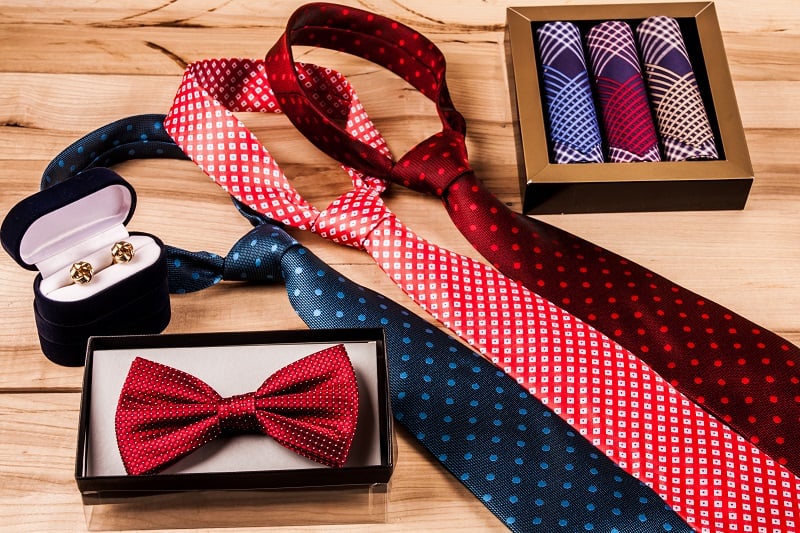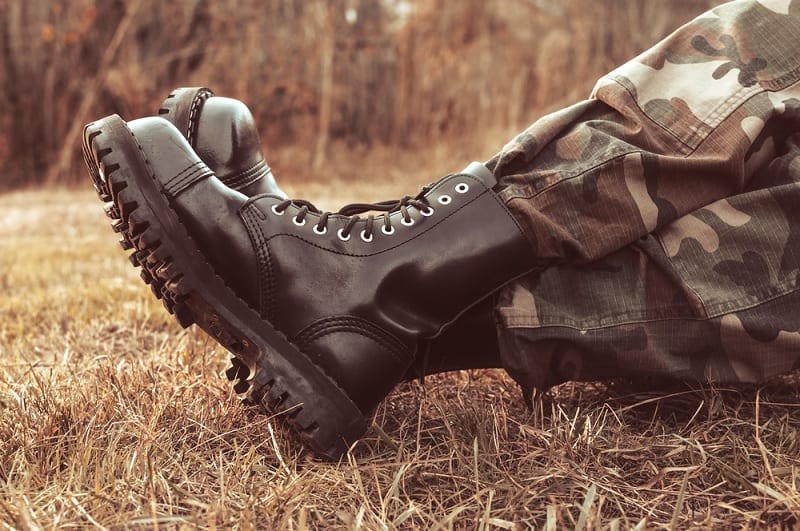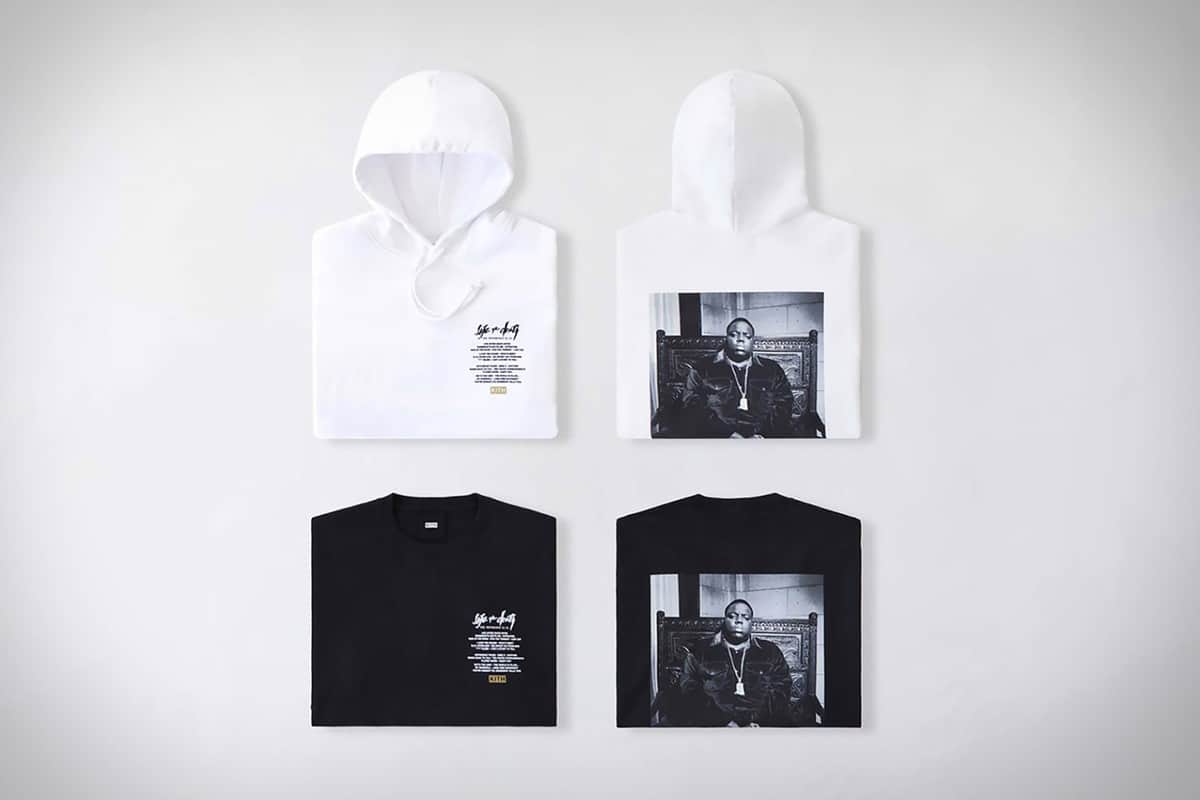Tuxedo vs. Suit: Everything You Need To Know
As we start easing back into activities that resemble the social lives we once had, we’re starting to be invited to attend events that require clothing other than sweatpants and joggers. For some of you, that may be a tough pill to swallow, and for others, you’ve never been more ready!
So as those invitations start rolling in, let’s break down the difference between a tuxedo and a suit so you can be the best-dressed chap at the party.
Fabric

One of the biggest differences between a tuxedo and a suit is the fabric. Tuxedos tend to have satin details – satin-side stripe down the pant legs, satin-faced lapels, and satin buttons. Some of the more modern tuxedos limit the amount of satin to a thin trim on the lapel and a skinny stripe on the leg.
On a suit, the pants, lapels, and buttons tend to consist of any material other than satin. Sometimes the buttons will be made with bone, plastic, or fabric-covered buttons. The higher-end the suit, the better the material.
Shirt Styles

There is an entire article on this site dedicated to this exact topic but here are the highlights: there is a difference in the fabric, shirt collar, cuffs, and cufflinks, while a tuxedo shirt also has bibs and plackets. All of these differences add up to one main takeaway – never wear a dress/suit shirt with a tuxedo. They are not interchangeable.
Accessories

If you wore a tux to your Prom then you probably remember renting or buying your tuxedo and it coming with a cummerbund, waistcoat, suspenders, a pocket square, and a bowtie. This is still the standard these days, but a lot of men prefer less formal accessories, such as a long tie and high-stance vests. It all depends on your personal style and how formal the event is.
Suits are more adaptable – they can be dressed up or down, worn with and without a vest, with a bowtie, or a long tie (or no tie at all! Gasp!). Also, suits tend to come in a much wider array of fabric choices, patterns, and colors.






















